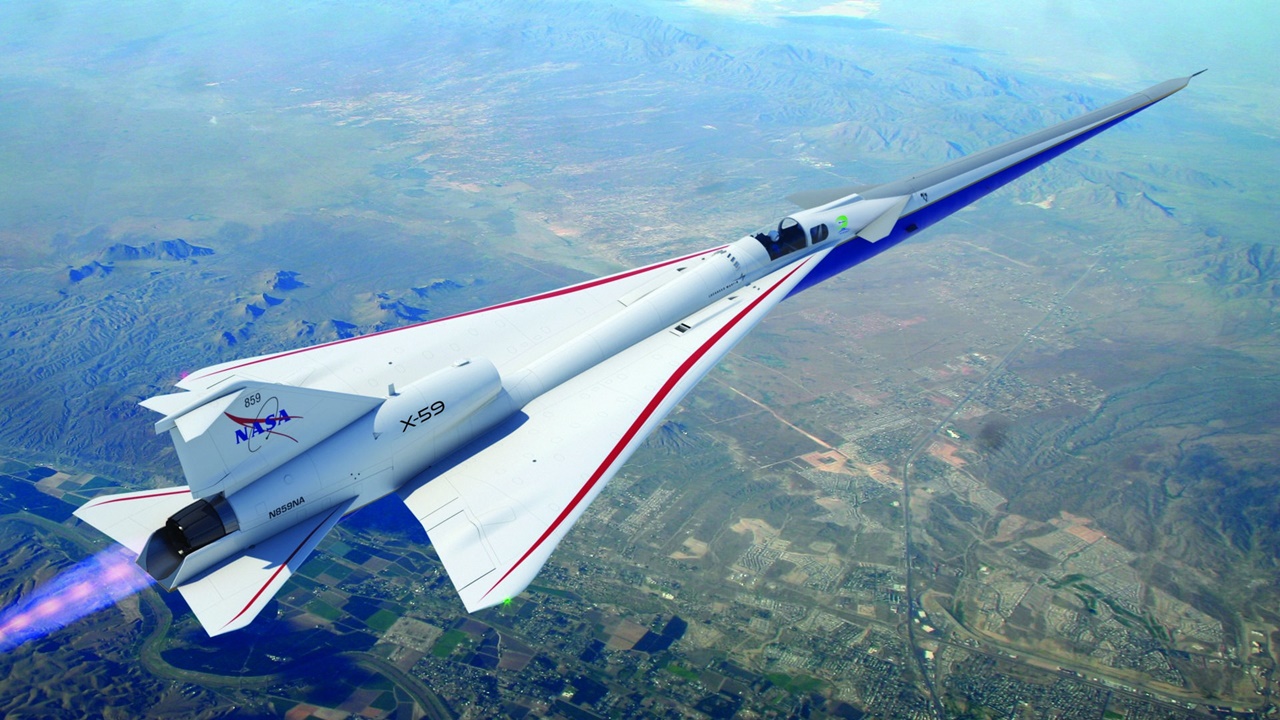NASA and Lockheed Martin have been working on the X-59 supersonic aircraft for a long time. Developed for “ultra-quiet” supersonic flight, the X-59 is an important part of the ten-year Quesst mission. The aircraft is scheduled to be officially unveiled next week.
NASA and Lockheed Martin X-59 supersonic Quesst leaves hangar
The supersonic aircraft will be taken out of the hangar at Edwards Air Force Base in California on January 12. The most important feature of the X-59, which is 30 meters long and Mach 1.4, is that it does not cause explosions while flying supersonic.
Prepared by Lockheed Martin and NASA Skunk Works, the X-59 will take the first step towards flight tests in the coming months. In the first phase, the aircraft’s performance and silent supersonic technologies will be evaluated.
Later, tests will be conducted in some US cities to collect data on citizens’ reactions to supersonic blasts. According to NASA’s statement, it is designed to create a “soft noise instead of a loud sonic boom”.
Concorde, which first began commercial flights in the 1970s, traveled above the speed of sound for nearly 30 years. However, the old supersonic aircraft was retired in 2003 due to noise problems.
NASA, on the other hand, believes that the X-59 program will allow civilian supersonic air travel for the first time. The entry of the aircraft into service represents an important step towards this goal. With the X-59 making sudden noise quieter, the noise pollution caused by these aircraft can be prevented.
So what do you think about this subject? You can share your opinions with us in the Comments section below.














